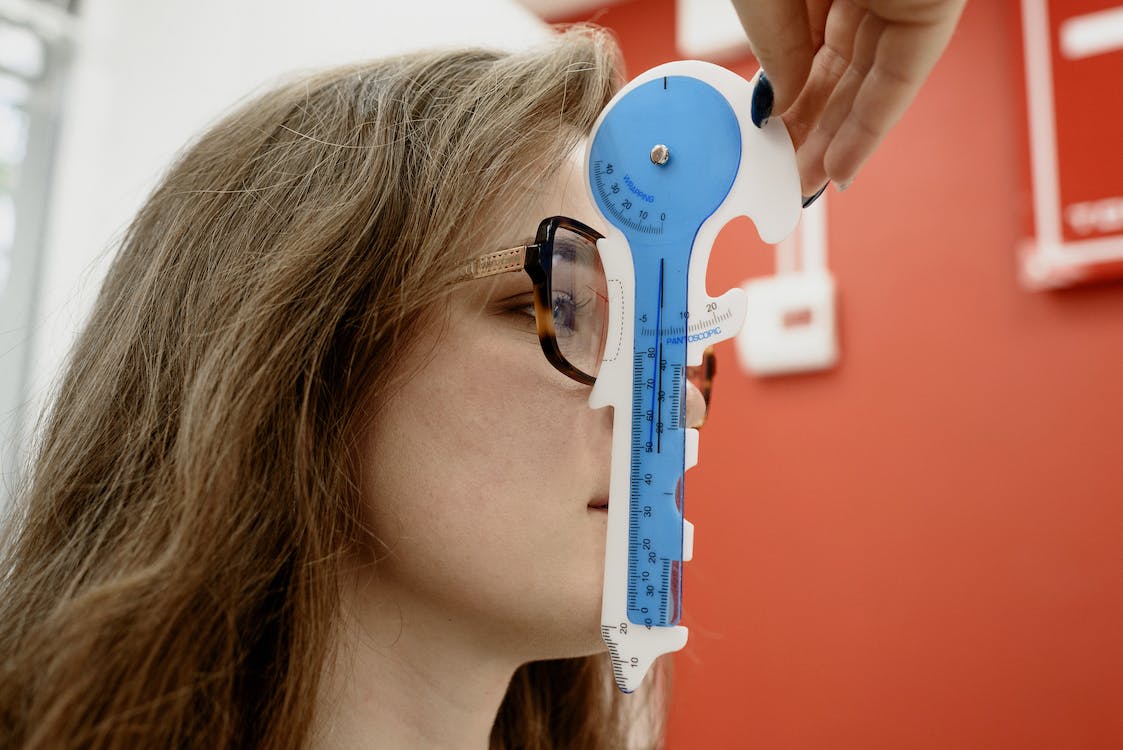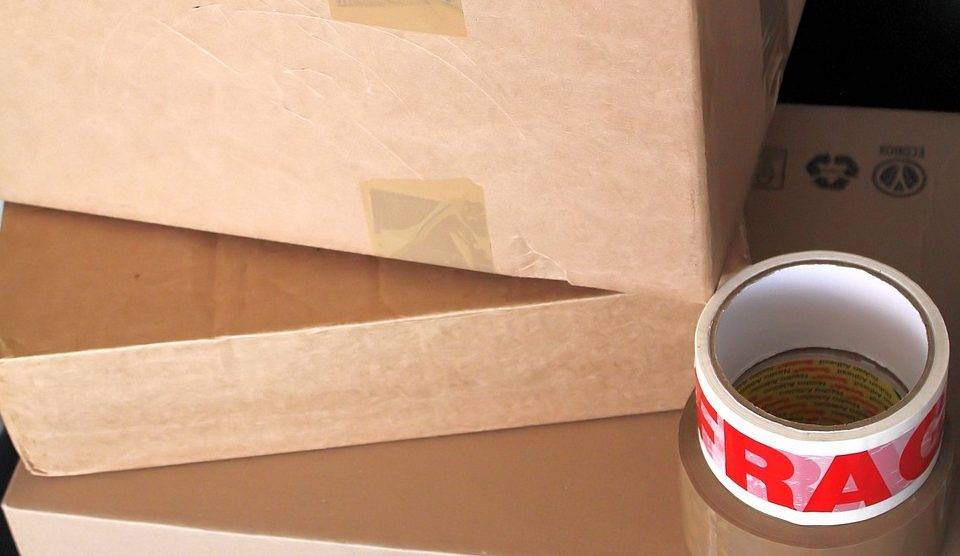
Many economic operators have questions in the course of their UDI implementation, which are also asked by other economic operators. We have summarized and answered the most frequently asked questions in the following article.
Q: We have a product for which a material master record exists. We sell this in different quantities, e.g. 1 piece, 5 pieces and 10 pieces. Each of these packages has its own GTIN. Do we now have to create a Basic UDI-DI and 3 UDI-DI’s at EUDAMED?
A: If this product is only different sales quantities, then this can be represented with the packaging hierarchy. I.e. we have one material master and only three different packaging sizes with 1, 5 and 10 pieces. These would be mapped as one Basic UDI-DI record with only one associated UDI-DI record. In the UDI-DI only the single unit with “Quantity of device”=1 is recorded. The other packaging units 5 and 10 are specified in the “Packaging” table.
If the smallest sales unit was >1, e.g. 10, then everything would actually be as just answered with the difference that the “Quantity of device”=10 and the “Unit of use DI” must be stored, which enables the identification of the individual piece. This “Unit of use DI” is a virtual DI number, according to your agency standard and only applies if you would sell the product in a single package at some point.
Q: Who is to be named as the manufacturer in the EUDAMED if our products are produced outsourced but we do the technical documentation and sell the product under our brand name?
A: According to the MDR, you are considered a manufacturer if you manufacture or fully refurbish a device or have a device designed, manufactured or fully refurbished, and market that device under its name or trademark. Accordingly, you are to be named as a manufacturer, since you appear on the market as a manufacturer by marketing the product under your name. This also applies if you do not manufacture your product yourself, but have it manufactured. In addition to this, you carry out the technical documentation, thus appear on the label of the product, which again underlines your role.
Q: We are manufacturers of dental products, which are on average smaller than 1 cm. Do we also need to perform the direct marking of UDI on our products, despite the limited product size? Are there any exceptions?
A: Generally, all reusable medical devices must be directly marked. To do this, the UDI must be in a plain text version, which consists of characters, also known as HRI (human readable interpretation), as well as in a barcode, which is usually a data matrix that can be represented very compactly. Exceptions would be if direct marking would limit the safety or performance of the product or if it is technically not feasible, e.g. due to too small product size, radius, curvature or if this would affect the material due to corrosion formation.
Q: Are reusable surgical products always in risk class Ir or can it be risk class I?
A: MDR 2017/745 Annex 8 of , Clause 2.3 defines, “Reusable surgical instrument means an instrument, not used in conjunction with an active device, intended for use in a surgical procedure, the function of which is to cut, drill, saw, scrape, scrape, staple, spread, staple or similar, and which is intended by the manufacturer to be reused after appropriate procedures, such as cleaning, disinfection and sterilization, have been carried out.” Without exception, all reusable surgical instruments must be assigned to risk classe Ir. Only reusable electrosurgical instruments were already classified in a higher risk class and retain this classification. Special regulations are not foreseen.










Related Posts